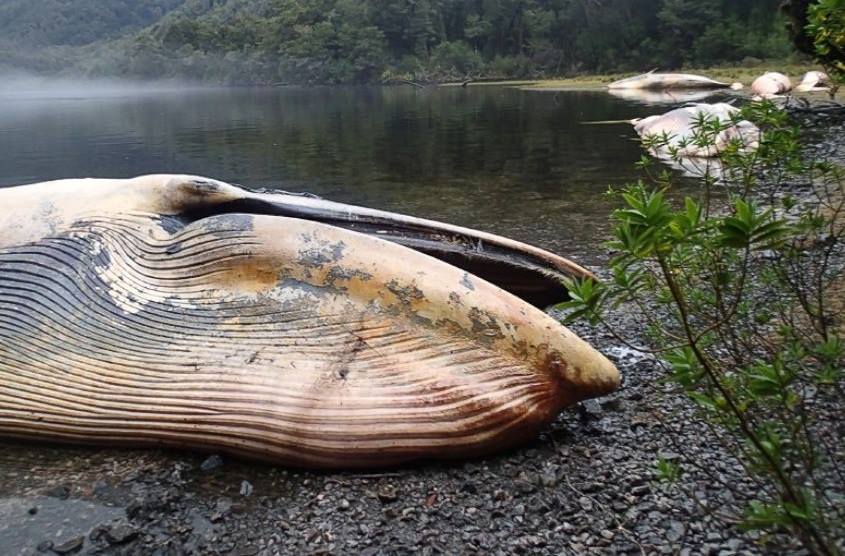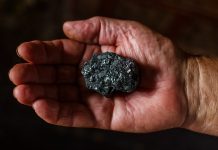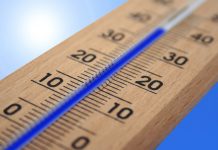
Scientists are developing techniques using satellites to count great whales from space, following the largest ever recording mass stranding event in Chile.
The scientists conducted an analysis of high-resolution satellite images of the area surrounding Patagonia, Chile, and found more carcasses of sei whales from the stranding than initially determined.
The initial survey, which found 343 sei whales on remote beaches in Patagonia in 2015, was conducted from planes and boats and took several weeks after the whales died. The researchers have yet to determine the precise total of whales but one sample picture they examined showed that the count was nearly double.
Published in the Plos One journal, the new investigation was undertaken as a proof of principle exercise by the British Antarctic Survey (BAS) and various Chilean organizations. The international team of researchers believes that while it's difficult to see an object even as large as a great whale form space, the capability of modern satellites allows it to be practical.
Dr. Carlos Olavarría from the Centre for Advanced Studies in Arid Zones (CEAZA), La Serena, Chile, said: "The technology is getting better all the time. In this study, we were using 50cm resolution images, but the satellites now can see 30cm. In the future, we'd like also to be able to analyse the pictures automatically, rather than manually; and I'm sure as more minds are applied to the problem, this will become possible."
While the cause of the mass stranding of sei whales in 2015 remains unclear, it has been established that the researchers were very late to discover the event to be able to run tests and discover the cause.
BAS whale expert Dr. Jennifer Jackson pointed out: The aerial survey was done on a huge scale and was very impressive, but it's possible some of the carcasses got washed back out to sea in storms and simply weren't counted. The 343 number was only ever a best estimate."






